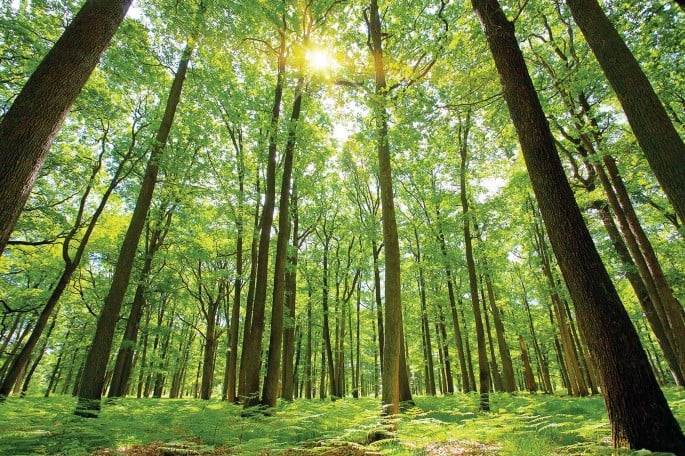A new report indicates that there is a 73 percent decline in wildlife populations over the last 50 years due to global warming.
The World Wildlife Fund’s Living Planet’s report, which was published on Thursday, said the decline was measured by the living planet index (LPI) and observed between 1970 and 2020.
The LPI is a tool for understanding the health of ecosystems by monitoring changes in the size of animal populations over time.
It said the LPI monitored nearly 35,000 population trends across 5,495 species, and found that the planet’s biodiversity is under immense threat, with severe consequences for ecosystems and human survival.
Advertisement
The report identified habitat degradation and loss, driven primarily by unsustainable food system, as the most significant threat to biodiversity worldwide.
It, however, said climate change is the primary driver of biodiversity loss in the Arctic region.
The report revealed that the region is warming four times faster than the rest of the planet, leading to unprecedented temperature increases, rapid loss of summer sea ice at 13 percent per decade, and ocean acidification.
Advertisement
According to the report, if global temperatures rise beyond 1.5°C, the Arctic will lose its summer sea ice by 2050.
“Declines in population sizes serve as early warning signs of rising extinction risks and the potential collapse of ecosystems,” the report reads.
“When ecosystems are degraded, they become more vulnerable to tipping points—thresholds beyond which they may undergo irreversible changes. Current trends indicate that several global tipping points, many in the Arctic, are fast approaching.
“One such tipping point is the melting of the Greenland and West Antarctic ice sheets. These ice sheets hold enough water to raise global sea levels by several meters, with Greenland alone capable of contributing 7.2 metres.
Advertisement
“Such a rise would drastically reshape coastlines, threatening billions living in coastal regions with increased flooding and displacement.
“Another looming tipping point is permafrost thaw. As permafrost thaws, it releases carbon dioxide and methane —potent greenhouse gases that accelerate global warming.”
‘WINDOW FOR DECISIVE ACTION IS CLOSING RAPIDLY’
The report said the window for action is closing rapidly, adding that the next five years are critical for the future of the planet.
Advertisement
Achieving global targets such as halting and reversing biodiversity loss by 2030, and limiting global temperature rise to 1.5ºC under the Paris Agreement demands bold and immediate action.
According to the report, only 16 percent of land and eight percent of oceans are currently protected.
Advertisement
It, however, noted that current national commitments and efforts fall short of what is necessary to meet these goals and prevent dangerous tipping points.
Carl-Friedrich Schleussner, lead author of the study, said “climate overshoot would leave an irreversible legacy”.
Advertisement
“It may not be reversible, even if global temperature increase might actually be reversed,” Schleussner added.
Joeri Rogelj, a climate science professor at Imperial College London, said the research highlights that “hoping to overshoot and then return to safer levels is delusional”.
Advertisement
Add a comment








